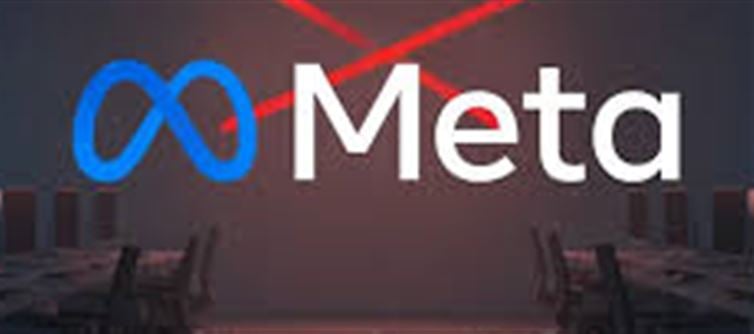
Meta Platforms Inc., the parent company of Facebook, Instagram, and WhatsApp, has announced a significant layoff of approximately 600 employees from its Meta Superintelligence Labs (MSL), the division spearheading the company’s most ambitious artificial intelligence projects.
⚠️ Reason for the Layoffs
1. Strategic Restructuring
o Meta is reportedly reassessing its AI priorities, focusing on fewer but higher-impact projects.
o The layoffs are part of a broader cost-cutting and efficiency drive across the company.
2. Shifts in AI Development Focus
o The Meta Superintelligence Labs were initially designed to develop next-generation AI models, but internal reports suggest some projects were behind schedule or over budget.
o Meta may now prioritize practical AI applications over exploratory superintelligence research.
3. Economic Pressures
o Amid slowing ad revenue growth and economic uncertainty, Meta is aiming to reduce operational costs while still investing in AI.
🤖 Impact on Meta’s AI Ambitions
· Short-Term:
o Some high-profile AI projects may be delayed or downsized.
o Employee morale in the AI division may be affected, impacting innovation temporarily.
· Long-Term:
o Meta remains committed to AI leadership, but the company appears to be streamlining its approach toward projects with clearer commercial applications, such as generative AI and large language models.
📝 Industry Perspective
· Tech analysts view this as part of a wider trend among big tech companies to trim exploratory AI teams while focusing on profitable and scalable AI solutions.
· Competitors like Google, Microsoft, and OpenAI continue aggressive hiring in AI, highlighting the high-stakes nature of AI talent management in the industry.
Bottom Line:
While 600 employees being laid off is a significant move, Meta is signaling a shift from ambitious superintelligence experiments to practical, revenue-oriented AI applications. The company’s core AI goals remain intact, but the path to achieving them is being recalibrated for efficiency and impact.
Disclaimer:
The views and opinions expressed in this article are those of the author and do not necessarily reflect the official policy or position of any agency, organization, employer, or company. All information provided is for general informational purposes only. While every effort has been made to ensure accuracy, we make no representations or warranties of any kind, express or implied, about the completeness, reliability, or suitability of the information contained herein. Readers are advised to verify facts and seek professional advice where necessary. Any reliance placed on such information is strictly at the reader’s own risk.




 click and follow Indiaherald WhatsApp channel
click and follow Indiaherald WhatsApp channel